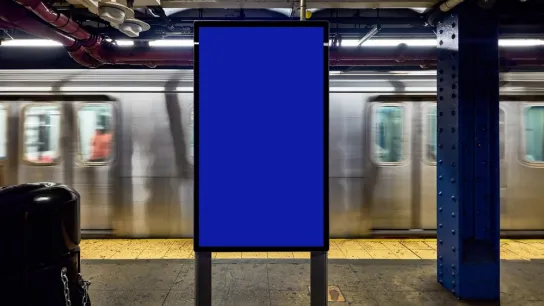Public Transportation and Heat: Ensuring Safe Travel During High Temperatures

Injured?
When a heatwave hits, public transportation doesn’t stop, but that doesn’t mean it’s always safe. From overheated subway cars to stalled buses and dangerously hot platforms, extreme temperatures can turn a routine commute into a health hazard. And for vulnerable passengers such as seniors, people with disabilities, and children, the risks are even greater.
So, who’s responsible for making public transit safe during high heat? And what happens when a system failure leads to serious injury?
The Hidden Dangers of Heat on Public Transit
While we often think about the discomfort of a sweltering train car, the risks go far beyond sweat and inconvenience. High temperatures can cause:
- Heat exhaustion or heatstroke in poorly ventilated buses or train cars
- Power outages that shut down air conditioning systems
- Equipment failures, such as rail warping or signal malfunctions
- Delays or overcrowding, which increase exposure to heat
- Slip and falls due to sweat, condensation, or heat-related disorientation
- Inaccessible conditions for individuals with mobility issues or medical conditions
Transit agencies have a duty to anticipate and mitigate these risks. When they fail to do so and passengers get hurt, they may be held legally responsible.
When Heat-Related Transit Injuries Become a Legal Issue
Not every heat-related incident is grounds for a legal claim. However, if a transit agency knew (or should have known) about the dangers and failed to take action, injured passengers may be able to pursue compensation. For example:
- If a subway car’s AC system had a known defect, and officials continued to operate it in triple-digit heat
- If a driver failed to stop for a passenger with mobility needs, forcing them to wait in unsafe conditions
- If station platforms lacked shade, fans, or accessible cooling areas despite record temperatures
- If heat-related mechanical issues were ignored, leading to a crash or other preventable incident
Public transportation providers are responsible for maintaining safe conditions, even during extreme weather. That includes proper planning, timely repairs, staff training, and clear communication with riders.
High Heat and Public Responsibility
Transit agencies have policies for cold, rain, and snow, but heat is often overlooked. In a warming world, that’s no longer acceptable. Agencies must:
- Inspect and maintain cooling systems on all vehicles
- Ensure buses and train cars have functioning windows or emergency ventilation
- Provide shade, hydration stations, or cooling areas at major stops and transfer hubs
- Train operators and staff to recognize signs of heat-related illness and respond quickly
- Notify riders of delays, outages, and cooling problems in real-time
When these basic safety measures aren’t followed, and someone is harmed, legal action may be necessary to prompt change and secure justice.
What to Do If You’re Injured in a Heat-Related Transit Incident
If you were injured due to unsafe conditions on public transportation during extreme heat, here’s what to do:
- Document everything. Take photos of the environment, malfunctioning equipment, or any visible injuries.
- Seek medical attention. Heat exhaustion and dehydration can escalate quickly—don’t wait to get checked out.
- Report the incident. File a complaint with the transit authority, but don’t rely on them to thoroughly investigate the matter.
- Contact a lawyer. Transit injury claims often involve government entities and strict deadlines. An experienced attorney can help you navigate the process.
The Bigger Picture: Fighting for Safer Systems
Public transportation is essential, but it must be safe. As heatwaves become more frequent and severe, systems must evolve. That means treating high temperatures like any other public safety threat, not a seasonal inconvenience.
Legal action can prompt agencies to implement overdue changes, such as upgrading cooling infrastructure, enhancing accessibility, and prioritizing rider health during extreme climate conditions.
Hurt While Using Public Transportation in Extreme Heat?
You don’t have to suffer in silence. At Morgan & Morgan, we believe in fighting for safe, accessible transportation for everyone, especially when public agencies fall short. If you were injured on a bus, train, or at a station due to unsafe heat conditions, contact us today to learn how we may be able to help.

We've got your back
Injured?
Not sure what to do next?
We'll guide you through everything you need to know.

